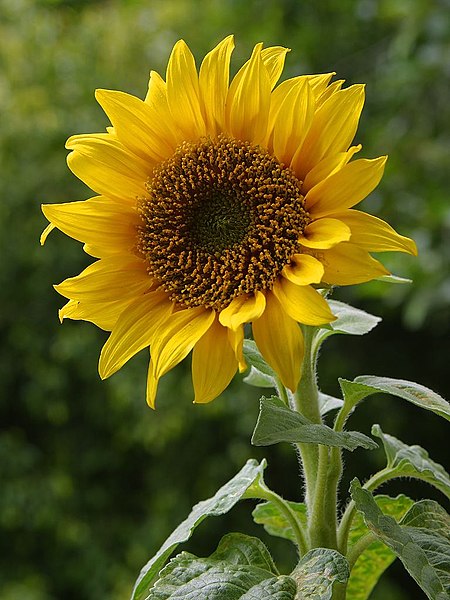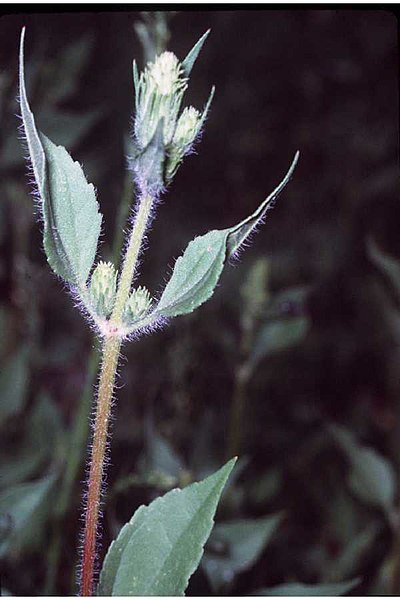Eastern Agricultural Complex
The Eastern Agricultural Complex in the woodlands of eastern North America was one of about 10 independent centers of plant domestication in the pre-historic world. Incipient agriculture dates back to about 5300 BCE. By about 1800 BCE the Native Americans of the woodlands were cultivating several species of food plants, thus beginning a transition from a hunter-gatherer economy to agriculture. After 200 BCE when maize from Mexico was introduced to the Eastern Woodlands, the Native Americans of the eastern United States and adjacent Canada slowly changed from growing local indigenous plants to a maize-based agricultural economy. The cultivation of local indigenous plants other than squash and sunflower declined and was eventually abandoned. The formerly domesticated plants returned to their wild forms.
The sunflower was one of the plants that made up the Eastern Agricultural Complex.
Iva annua, sumpweed, marshelder
Chenopodium berlandieri or lambsquarters
Cucurbita pepo was bred to produce both edible squash and gourds.
The common sunflower is a species of large annual forb of the daisy family Asteraceae. The common sunflower is harvested for its edible oily seeds which are used in the production of cooking oil.
Common sunflower
Detail of disk florets
Flower heads facing east, away from the late afternoon sun
Prado Red








